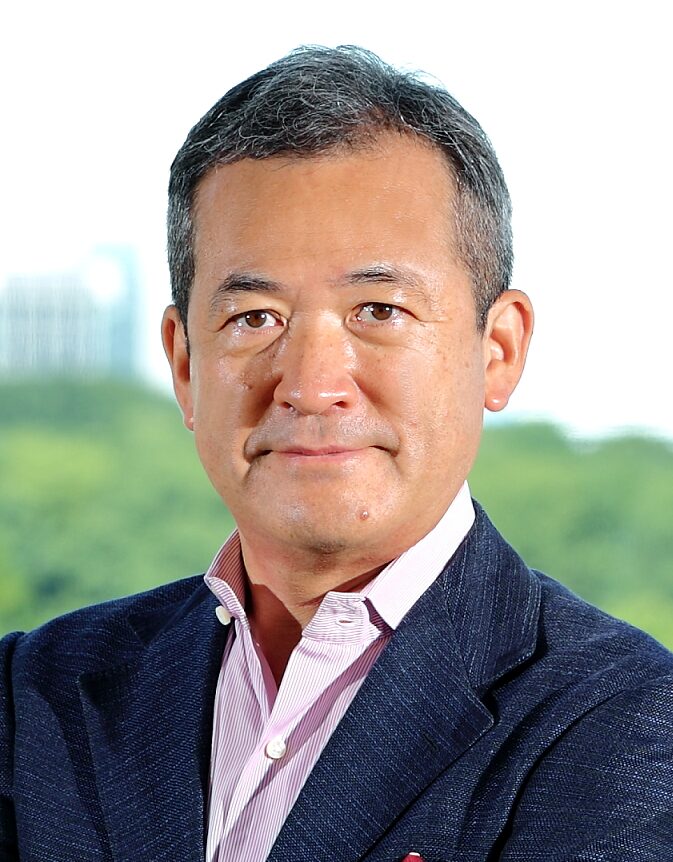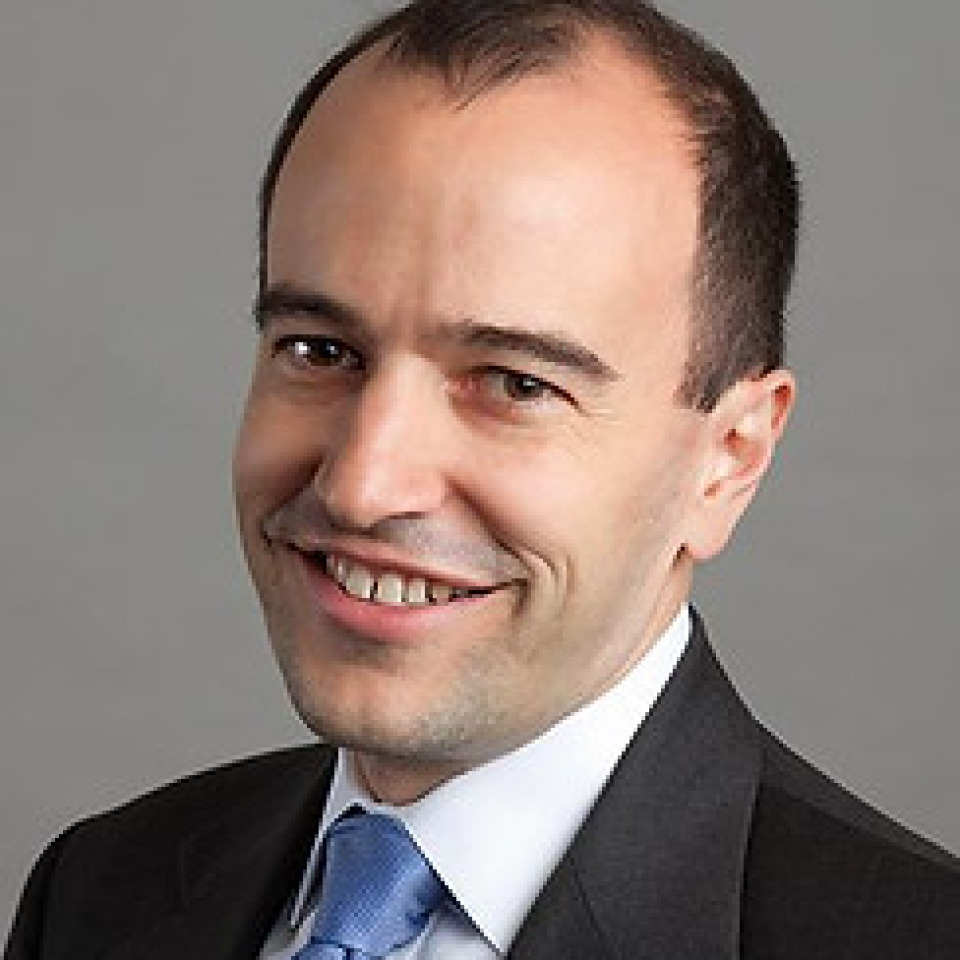We’d like to introduce GLIN’s approach to investment in a series of eight blog articles, ranging from conceptual discussions to technical insights. We hope you can read these columns with an open mind, taking them as an opportunity to reflect and think, ‘Oh, this is a fresh perspective!’

Part 1: Growth or Distribution?
In our inaugural column, we’ll take a step back from the technical aspects of ESG/Impact investing (※1) and introduce discussions that delve into the private equity perspectives our GLIN team members have engaged with in the past, along with macroeconomic viewpoints from governments and international organizations.
What comes to mind when you think of ESG/Impact investing? Is it about engaging in socially responsible endeavors, or is it a method of investment aimed at expanding the economic value pie?
We regard ESG/Impact investing as an approach to investments intended to generate both financial returns and social/environmental impact. GLIN’s practice of ESG/Impact investing aligns with the pursuit of financial returns, akin to conventional investments. However, in addition to this, it also strives to address environmental and social challenges as integral components of its investment objectives. In this column, we will explore the relationship between economic returns and social returns from an investor’s perspective, examining whether they are mutually conflicting or mutually reinforcing.
How ESG/Impact Investing Can Benefit Society
Now, how can ESG/Impact investing be beneficial? Before delving into that, for the sake of clarity, we would like to present a framework for our discussion.
In the world of economics, there are often dualities such as growth and distribution, labor and capital. The core principle of Prime Minister Kishida’s economic policy, “Both Growth and Distribution” (※2), can serve as a useful framework to consider ESG/Impact investing. Growth encompasses ① innovation, ② regional revitalization, ③ carbon neutrality, and ④ economic security. On the other hand, distribution includes ① wage increases, ② investments in people, and ③ support for household asset formation.
In general, “resource allocation” (i.e., how limited resources are distributed to whom, for what purposes) is determined by the market, aiming to enhance value addition (→ growth). The value added through “income distribution” is then distributed to labor and capital in the form of wages, rents, and interest, and if it is insufficient, the government steps in for redistribution. We believe that these two concepts, “resource allocation” and “income distribution,” need to be considered separately.
The investment industry contributes to resource allocation optimization through risk-return analysis but has traditionally not been seen as conducive to income distribution optimization. In other words, the investment industry’s activities focus on aggregating talent, capital, and knowledge in the optimal places to enlarge the pie. However, the distribution of the pie is typically confined to the realm governed by market principles. Income distribution optimization has generally been considered a role for the government, simplifying it without fear of misunderstanding.
Slightly deviating from the main topic, there are various debates regarding whether the growth resulting from resource allocation optimization promotes distribution. The idea that growth eventually benefits everyone, such as Kuznets’ inverted U-shaped hypothesis, is well-known. On the other hand, there is also the perspective, as advocated by the French economist Piketty, that growth does not necessarily promote distribution. Interpretations of Deng Xiaoping’s “let some people get rich first” and China’s recent concept of “common prosperity” can also be seen as efforts to balance the cycle of growth and distribution. The desire to effectively balance both growth and distribution may be an enduring aspiration, both in the past and today.

The Kuznets’ Inverted U-Curve Hypothesis and Its Realities (Source: Kuznets (1955), IDE-JETRO)
When discussing ESG/impact investing, it is necessary to consider the perspective of whether the aim is for “optimal resource allocation for growth” or “appropriate income distribution for welfare.” These two dimensions, “growth” and “distribution,” overlap with the three dimensions of “risk,” “return,” and “impact/social significance.”
At GLIN, we firmly believe that growth and distribution are not mutually exclusive. As an investment firm, we are committed to achieving “optimal resource allocation for growth” by effectively managing and allocating resources to foster growth. Simultaneously, we place a strong emphasis on various forms of distribution, broadly encompassing income, knowledge, health and well-being, environmental benefits, and more, stemming from this growth. We actively incorporate these aspects into our investment activities.
The Significance of Impact Investing for GILN
So, what is the significance of ESG impact investment for GLIN in terms of promoting growth? We believe it involves “utilizing the framework of global ESG/impact investment to incorporate external economies and ultra-long-term elements into investment and value creation activities, diligently building upon these as practitioners, updating capitalism, and bringing about social value.”
We’ve placed significant emphasis on this aspect. This blog is planned for a total of eight installments, and our goal is to gradually share our thoughts on GLIN’s ESG/impact investment. Specifically, we aim to provide insights for those who might wonder, “What exactly improves with ESG/impact investment?”
Upcoming Blog Topics
Episode 1: Growth or Distribution
Episode 2: Criteria for Investment – 2 Axes or 3 Axes
Episode 3: “Improvement in Measurement Infrastructure” and “Value Creation Actions”
Episode 4: ESG/Impact Upside (1) – The Three Value Drivers
Episode 5: ESG/Impact Upside (2) – EBITDA Improvement (Revenue Increase and Cost Reduction)
Episode 6: ESG/Impact Upside (3) – Balance Sheet Improvement and Cash Generation
Episode 7: ESG/Impact Upside (4) – Multiple Improvement (Growth and Brand Enhancement)
Episode 8: Towards a Better Capitalism Encompassing Social Good


























